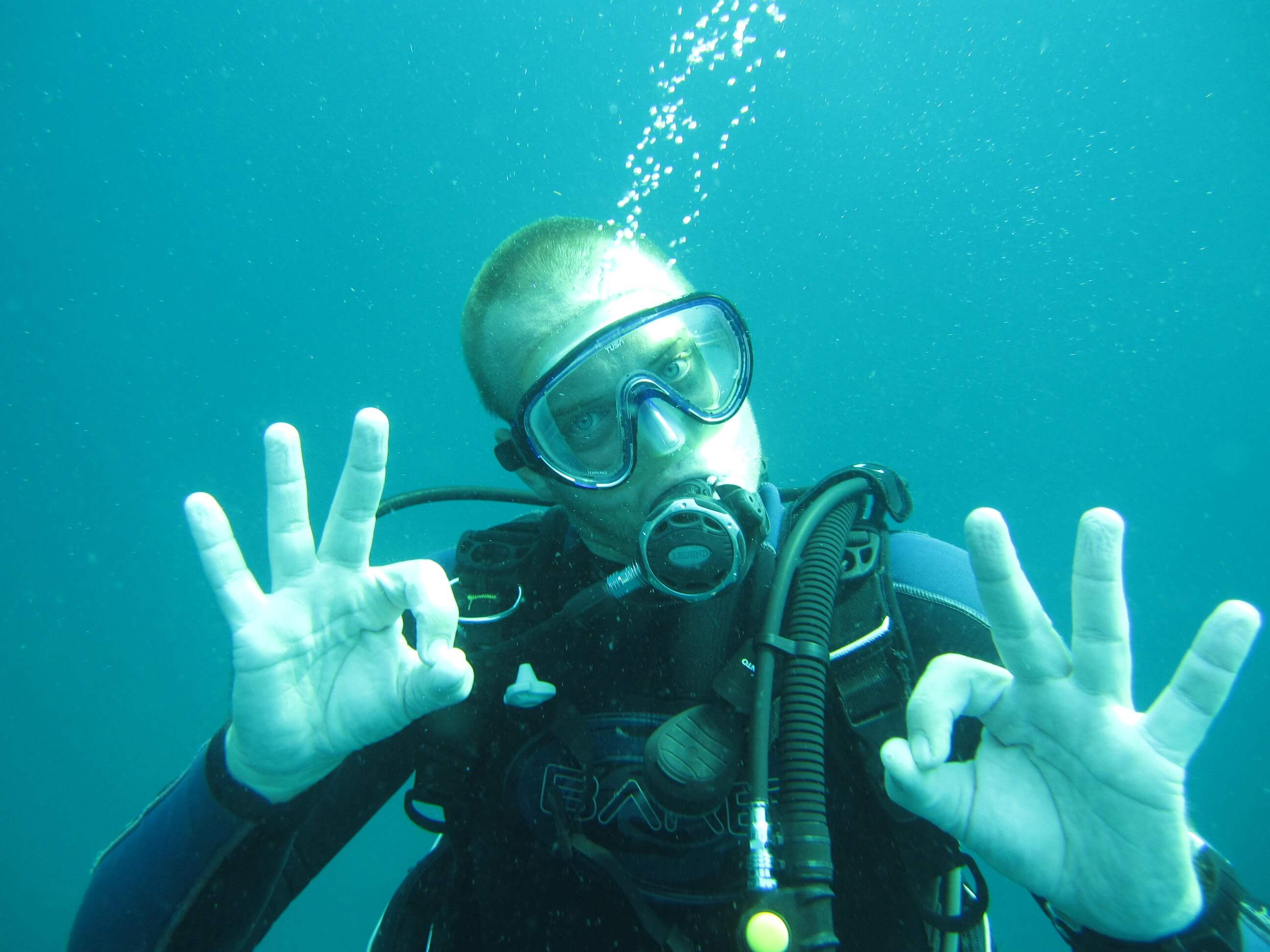In the past, the yoke valve was what manufacturers used on scuba diving tanks. Today, though, they are increasingly using the DIN valve. Here are some of the pros and cons to help you figure out which of the two works better.

It is important to understand what the differences are between the two:
- Yoke – This is mounted in a clamp type fashion by placing it on over the valve of the tank and simply tightening it.
- DIN – This one is what we call a threaded valve. It is screwed into the valve of the tank.
Why Go With DIN?
DIN is prized for its capacity for higher pressure, which is great for commercial diving and industrial use. Yoke has only been approved for a maximum 200 bars while DIN can go up as high as 300 bars. Technical divers were the initial recreation divers who used DIN. They liked the 300 bars, but were also keen on the increased safety that its manufacturers claimed.
In theory, there are safety advantages to the DIN for the following reasons:
- The capacity for greater pressure is said to decrease the risk of rupturing in the event that the tank is overfilled.
- Additionally, it is not easy to lose the O-ring because it has been placed within the regulator instead of outside the valve as is the case with yoke.
- Moreover, in the event of impact, DIN has proven resilient in comparison to a Yoke since the yoke can easily be knocked off.
Why Go With Yoke?
This has been the more popular diving valve for many years and cannot be tossed aside quite so easily since it has also proven its safety over the years. One of the ways to know if a gadget is still good is to check if there are any policies against it. Well, dive safety organizations, such as DAN have not come up with any policies barring its use.
If you are looking at technical diving, you should know that it is an entirely different discipline and as such it may require different tools. Tec divers may find themselves in need of tanks that can handle higher pressure, as high as 300 bars. If you will be diving in a cave or a wreck, you should definitely consider increasing your protection in the event of impact damage that may be catastrophic.
Recreational diving uses yoke valves most of the time however those who prefer DIN can still user convertors to fix the valve they prefer. Whichever valve you end up using is entirely up to you.






